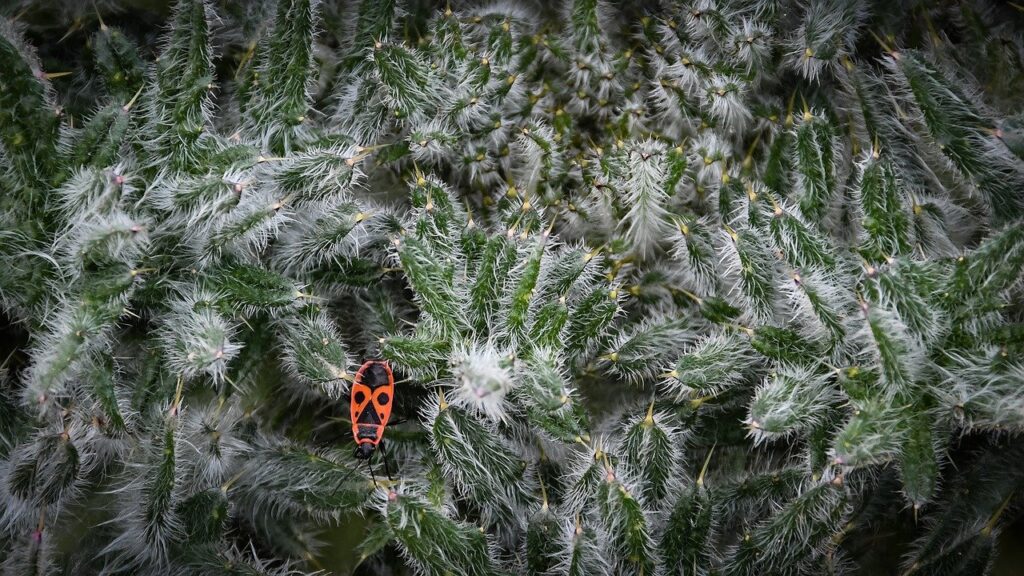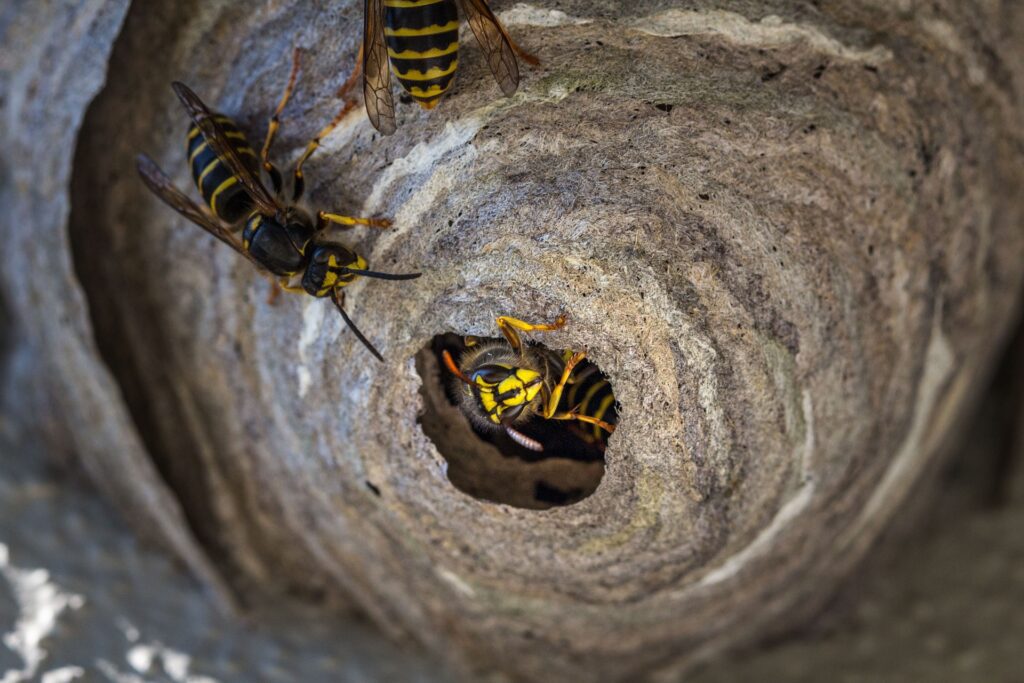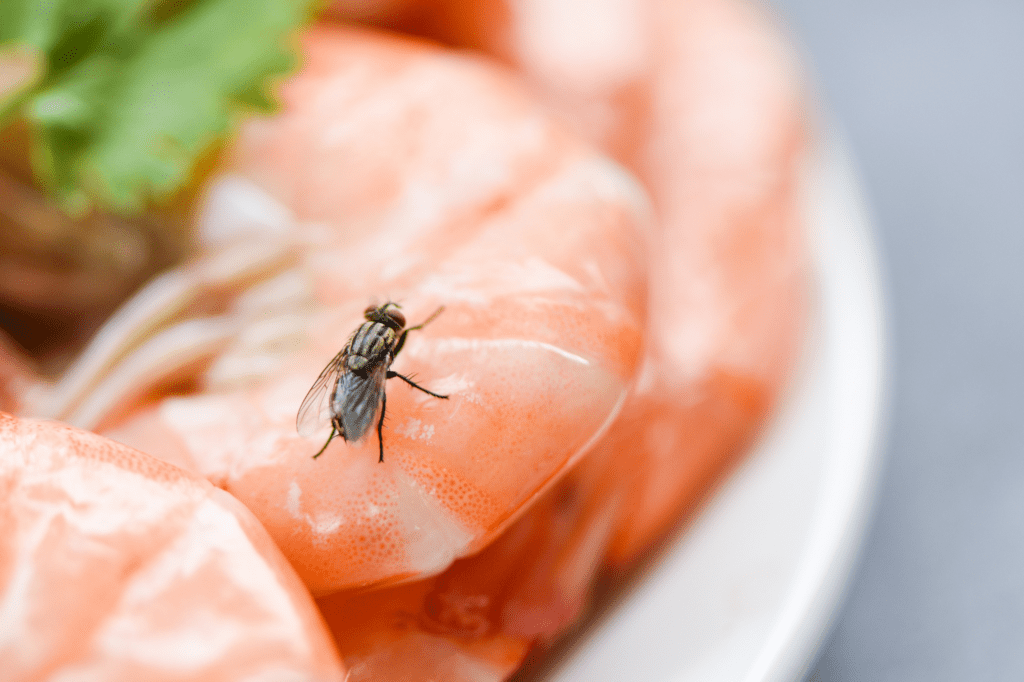Squirrels and bats may seem like harmless creatures, but when they invade your home, they can cause major damage and pose serious health risks to you and your family. Here’s what you can do to kick those critters to the curb once and for all.
Squirrel Trapping
If you thought squirrels were just cute little critters who scamper around in the park, think again! These bushy-tailed bandits are notorious troublemakers that can find their way into your home and cause a lot of issues. They love to chew through anything in their way, including electrical wiring and your most prized possessions. So, let’s get to trapping these rascals:
- Identify Entry Points – Squirrels can sneak through some tight spaces, so make sure to thoroughly inspect your home for any holes or gaps. There are many hard-to-see and even harder-to-reach spaces around your property, which is why we suggest calling a pest control company to perform an effective and efficient inspection of your home.
- Set Traps – Choose a humane live trap that is appropriate for the size of the squirrel and space. Bait the trap with food like peanut butter, nuts or different kinds of fruits. Make sure to put the food near the back of the trap to ensure that the squirrel will be caught and secure when the trap sets.
- Monitor The Trap – Check trap(s) daily or even multiple times a day. It is extremely important to keep an eye on the trap to make sure you catch the squirrel promptly and properly. Once you have the squirrel in your trap you can remove it from your home and release it outside.
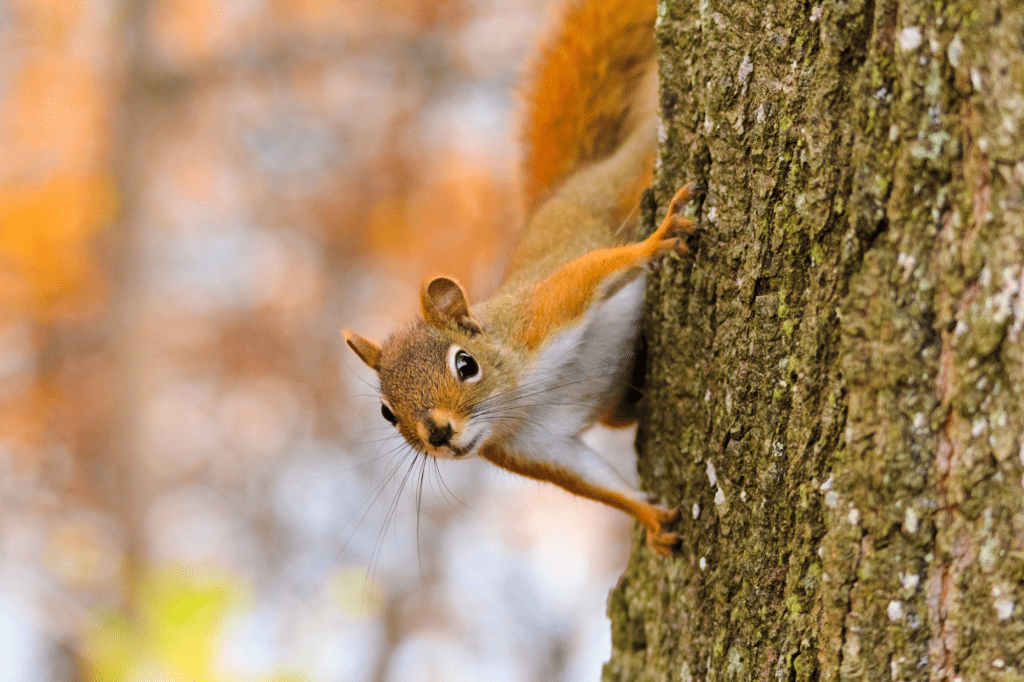
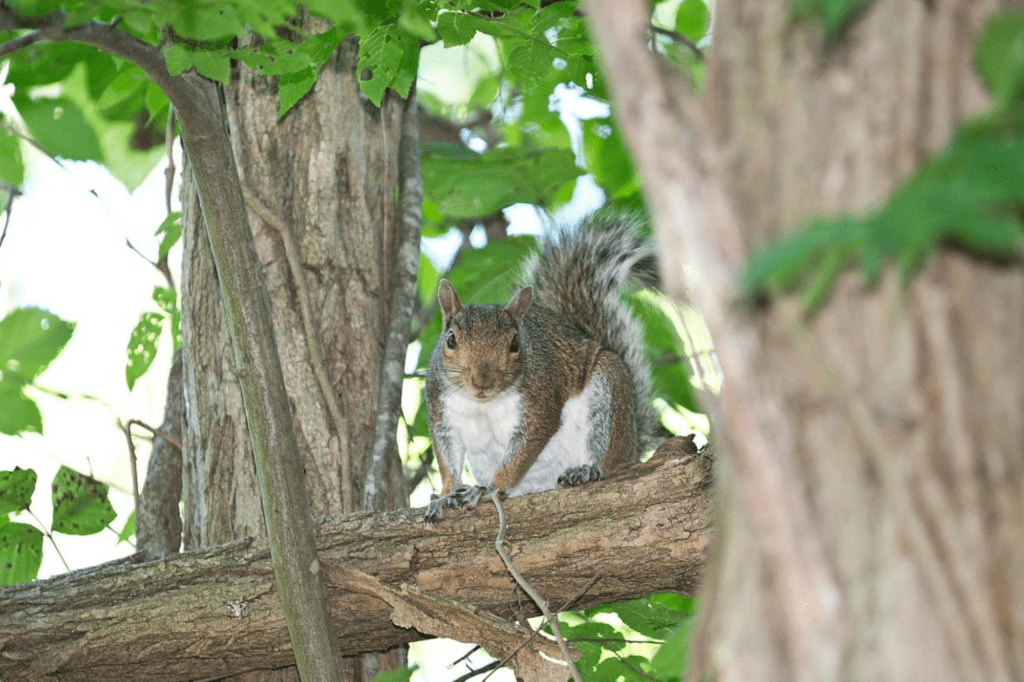
When trapping squirrels it’s important to follow the steps in this order. If you trap a squirrel before sealing any openings to your homes you’ll be re-catching the same darn squirrel over and over again. And trust us, ain’t nobody got time for that.
Bat Trapping
Bats sure are cool, aren’t they? WRONG! When these winged rodents are flying around your home they can be a real nightmare. Not only do they cause damage, but they carry some very serious diseases. Here’s how to deal with bats in your home:
- Identify Entry Points – Just like with squirrels, you need to do a super thorough inspection of your home, both inside and out to find out where the bats are getting in. Bats can fit through holes as small as 3/8″, that’s the diameter of a dime. According to Minnesota DNR, “typical bat entry points include chimneys, louver fans, air intakes, exhaust vents, openings around plumbing, power or cable lines, spaces around doors and windows and where exterior siding has shrunk, warped or loosened.” Having a pest control company come and inspect your property is a quick way to find any entry points these critters may be using as their front door.
- Install A One-way Exclusion Device – We know, it sounds like something out of a science fiction movie, but it’s actually a simple device that lets the bats fly out of your house but not back in. It’s a one-way bat highway, destination – anywhere but inside your home. To make sure your device is installed properly you should contact a pest control company. They’ll have the tools and knowledge to get an exclusion device placed properly so you don’t have to stress out about bats sneaking back in.
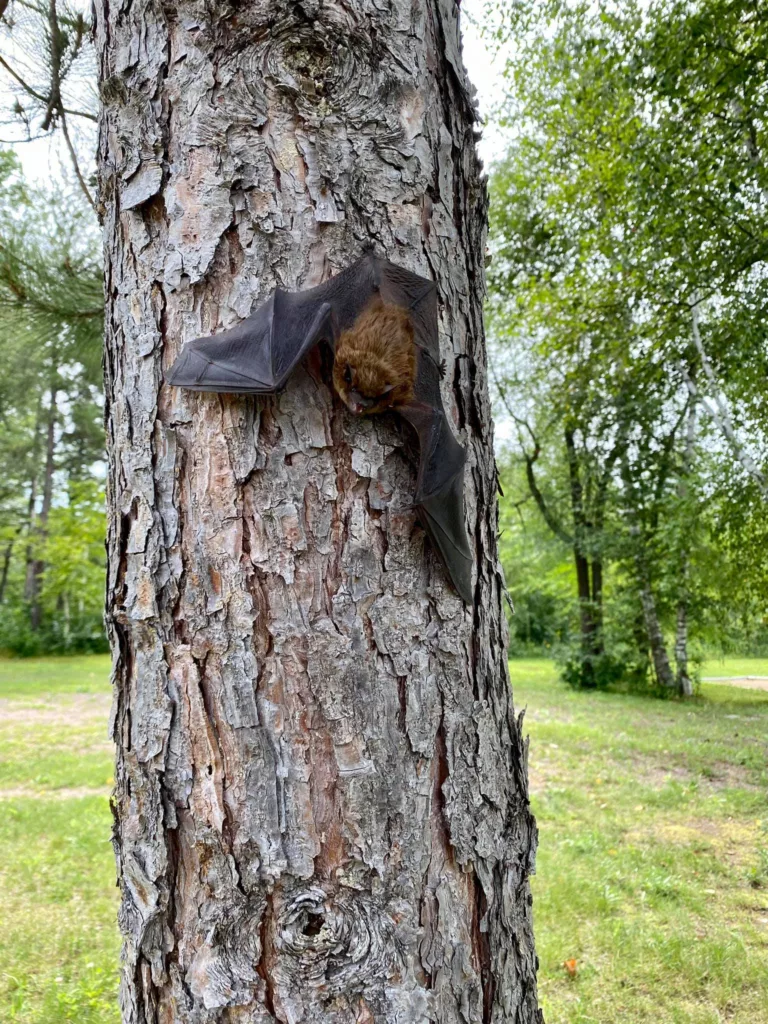

Do NOT try to kill bats in your home if you’re in Wisconsin or Minnesota. These winged creatures are protected by law, and you don’t want to be caught breaking it. Instead, call your local pest control company to come and remove them and install an exclusion device so they don’t return.
If you see any signs of squirrels or bats in your home, don’t panic! Just give Madsen Pest Management a call at 715-791-4777. We’ll have those pesky critters out of your hair in no time. Our team of expert technicians will work efficiently and effectively to ensure your home is squirrel and bat-free. So, why wait? Call us today and let us handle all your pest problems!
Related Posts
Pest Infestations During Mild or Late Cold Weather Seasons
Late starts to Fall and Winter with increasingly moderate temperatures are now common in Wisconsin and Minnesota. Due to this reality, prolonged pest activity may occur in and around your property.
Signs of Wasp Infestation and Preventative Measures
Wasps are one of the more aggressive stinging insects you can encounter. While many species of bees only sting once, wasps can sting multiple times. Their stings can be painful and if you are allergic, they can also be dangerous.
Flies and Food Contamination
Flies carry some dangerous diseases and parasites including gangrene, dysentery, tuberculosis, anthrax, and even the plague!

